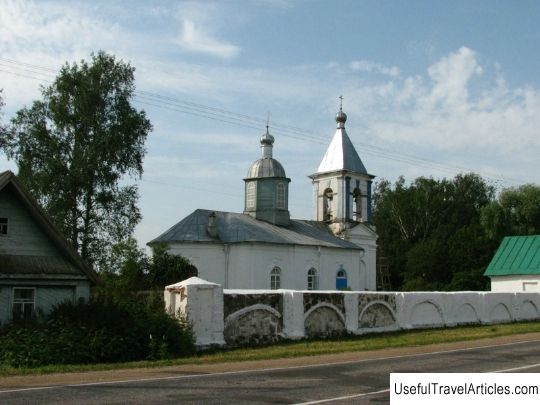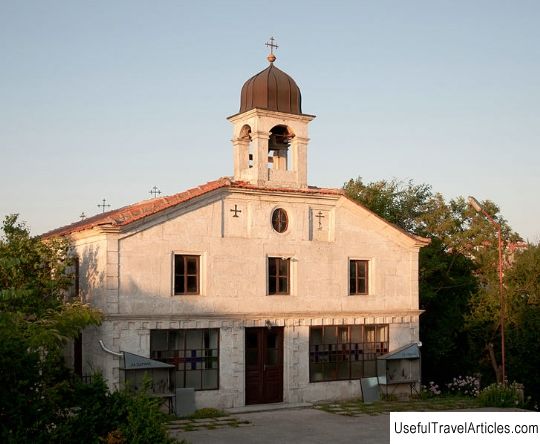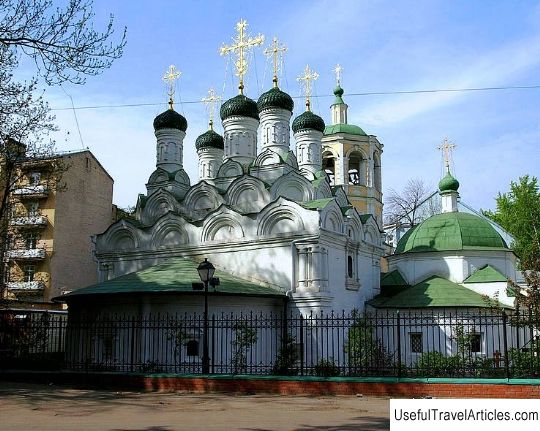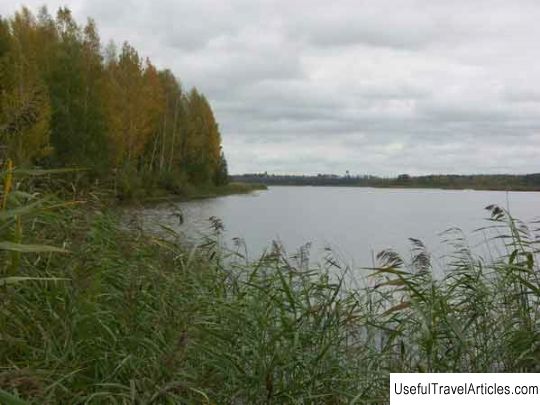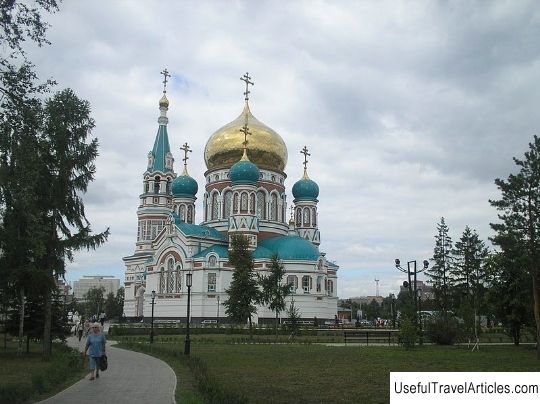Church of the Assumption of the Blessed Virgin Mary on the Volotovo field description and photos - Russia - North-West: Novgorod region
Rating: 8,2/10 (5443 votes) 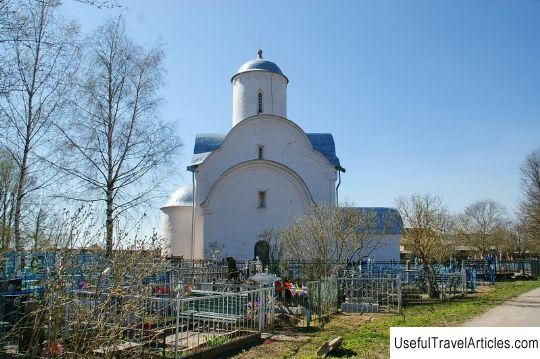
Church of the Assumption of the Blessed Virgin Mary on the Volotovo field description and photos - Russia - North-West: Novgorod region. Detailed information about the attraction. Description, photos and a map showing the nearest significant objects. Photo and descriptionThe Church of the Assumption of the Blessed Virgin Mary on Volotovo Pole is located in the village of Volotovo, in the Novgorod district of the Novgorod region. In the past, it was one of the earliest examples of stone Novgorod architecture. The temple is known for its unique frescoes of the XIV century, which disintegrated into a large number of fragments during the Great Patriotic War. It is a vivid example of the destruction of the best examples of world art as a result of military operations. The Assumption Church was erected in 1352 by Archbishop Moses, on the high bank of the Maly Volkhovets River, not far from Veliky Novgorod. In 1363, by order of Archbishop Alexei from Novgorod, it was decorated with wall painting. Built not far from the Kovalevskaya church, The Dormition Church on the Volotovo Field was close in general composition to the Nikolskaya Church on Lipna. It was a one-domed temple of a cubic type with the 1st lowered apse. But the architect of the Volotovskaya church showed a lot of independence in search of a new spatial solution. First of all, the domed pillars of the church were significantly pushed to its walls. This visually led to greater spatial generalization. In addition, the rounding of the lower area of the pillars contributed to this. This technique, which was first applied in Russian architecture in the Assumption Church, later became a characteristic feature of the Novgorod and Pskov architecture of the XIV and XV centuries. The temple enjoyed world fame not only for its unusual architecture, but also for its unique fresco painting. Church walls were decorated with about 200 compositions. & Nbsp; In the years 1611-1617, during the Swedish occupation, the temple was destroyed, but neither the walls nor the frescoes were damaged. In 1825, part of the building was burnt during a severe thunderstorm. During the Second World War, the church was destroyed by fascist artillery. Only the contour of the walls and the pillars from 2 to 4 meters in height survived. The area of the destroyed fresco painting was about 350 square meters. After the end of the war, 1.7 million fragments of frescoes remained on the site of the ruins of the temple, which were later preserved. In mid-December 1992, the Assumption Church on Volotovoye Pole was included in the UNESKO World Heritage List. In the summer of 1993, Novgorod restorers began restoration work with fragments of fresco painting. In 2001, under a joint Russian-German program, the restoration of the church began. At the end of August 2003, the opening ceremony of the restored Assumption Church took place. In the same year, about 1.7 million fresco fragments were sent for restoration to the Novgorod scientific workshop "Freska". In 2008, the first restored frescoes returned to the temple in their original places. This is a fresco of the martyr Procopius with an ornament, fragments of a church “towel” (ornament) and a composition depicting two unknown martyrs. In 2009, “medallions” with images of the holy martyrs Nikita and Iosaph and the fresco “Jacob's Dream” were returned to the temple. In 2010, the church regained the frescoes depicting the Archangel Michael and the Prophet Zechariah, whose area is about four square meters. Art restorers Ninel Kuzmina and Leonid Krasnorechyeva were awarded the title of laureates of the 2004 State Prize of Russia in the field of art and literature for their outstanding contribution to the preservation of the world cultural heritage, the revival of a unique monument of Russian architecture of the 14th century - the Church of the Assumption of the Most Holy Theotokos on Volotovo Field, destroyed during the Great World War II. The temple is currently a museum and is open to the public.       We also recommend reading Church of Santa Maria dei Miracoli description and photos - Italy: Brescia Topic: Church of the Assumption of the Blessed Virgin Mary on the Volotovo field description and photos - Russia - North-West: Novgorod region. |
